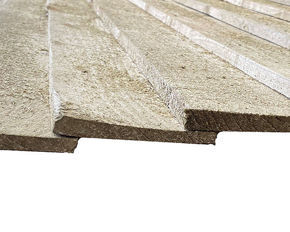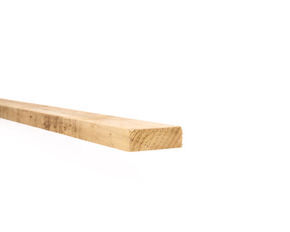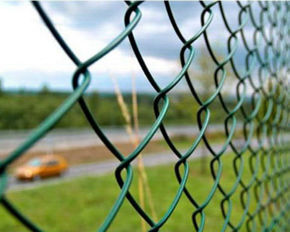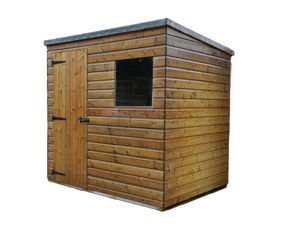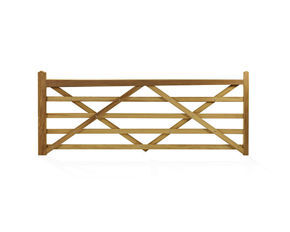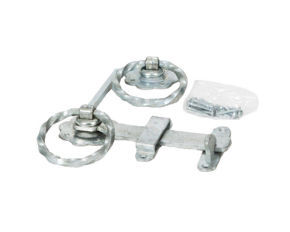As spring approaches, you might be considering adding decking to your outdoor space. As the allure of al fresco living captivates homeowners, the importance of a well-designed outdoor space has never been more important.
A carefully crafted deck extends your living area and serves as a tranquil oasis for relaxation, entertaining guests, and a place to soak up your surroundings.
Whether you're a seasoned DIY enthusiast or embarking on your first decking project, this guide will equip you with the knowledge and inspiration needed to transform your outdoor area into a space you’ll want to show off.
From selecting the right decking materials to mastering essential construction techniques, let's dive into the tips for creating the perfect outdoor retreat in your garden.
1. Plan and Design
The first step in any project should start with a solid plan and of course a decking design. Start by assessing your outdoor space and determine the size and shape of your deck. Consider the layout in relation to your house, existing features and of course the house itself.
If you have plenty of space to play with this may be easier, however, for those with smaller gardens, strategically think about placement, size and accessibility to the deck.
At this stage, it is worth checking that your DIY decking project is compliant with planning permission regulations. Although the decking itself is covered by permitted development, meaning you do not need to apply for planning permission, the height and size can caveat this.
2. Choosing the Right Decking Material
The decking material you choose mostly comes down to personal preference. Some love the look of natural hardwood or softwood decking, while others may appreciate the low maintenance of composite decking. Each of these materials has benefits and drawbacks including durability, decking maintenance requirements and aesthetic appeal.
Whether you are calling in a professional or taking on the DIY decking project solo, remember to consider the supporting structure of the deck such as posts, joists and beams to ensure safety and longevity.


3. Prepare the Site
Once you have decided on a design and have your decking materials ready, it is time to prepare the site where the decking will go. Clear the area from vegetation, rocks and other debris before levelling out the ground and ensure there is proper drainage to prevent water pooling under the deck. It is also worth using a ground control fabric to discourage the growth of weeds.
4. Installing the Decking Framework
Next is to lay out the frame for the decking using treated timber joists and beams, ensuring there is proper spacing and alignment to support the decking boards. For long-lasting decking, use galvanised or stainless steel fixings to prevent rust and corrosion.


5. Lay the Decking Boards
When laying the decking boards you’ll want to start by laying the first row of boards along the longest side of the deck, using stainless steel screws of hidden fastening systems for a clean finish. Allow for expansion gaps between the boards to accommodate temperature and climate changes.
6. Finishing Touches
To give your DIY deck a high-class finish, it's all about the final touches. This can include trimming any excess decking boards for a neat edge, and applying a protective finish or decking oil to softwood or hardwood decking to prolong the life and appearance of the wood. Consider using features like built-in seating, planters or lighting for added functionality and style.


7. Regular Maintenance
Now that you’re DIY decking project is complete, to ensure enjoyment for years to come, regular decking maintenance is necessary, especially for softwood and hardwood decking. Inspect the deck annually for signs of wear, rot, or damage and clean the surface regularly to remove dirt, debris, and mildew. Reapply protective finishes as needed to maintain your deck’s appearance and integrity.
With these DIY decking tips in hand, you're well on your way to creating a stunning outdoor space you will want to show off to friends and family. Remember, building a deck is not just about construction; it's about building an inviting space where you can unwind and entertain.
Whether you opt for hardwood elegance, eco-friendly composite decking, or classic treated softwood, the key is to infuse your style and preferences into every aspect of the design. So, roll up your sleeves, gather your tools, and get stuck into your DIY decking project for countless days of relaxation and enjoyment on your newly built deck!
Get in touch with us to discuss your DIT decking project for further advice on materials, set-up process, and more.










